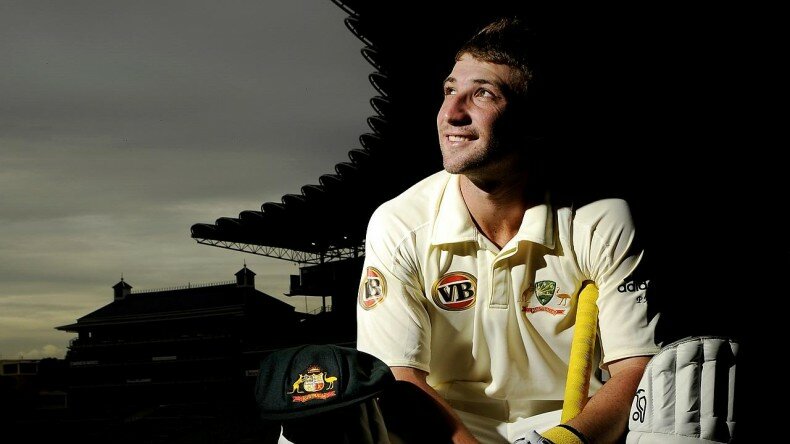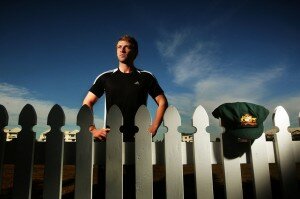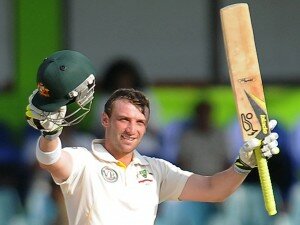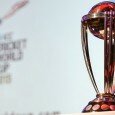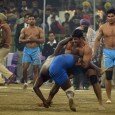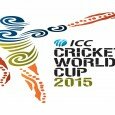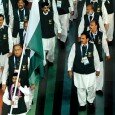By Naila Inayat –
Phillip Hughes, who died after being struck by a bouncer on November 27, 2014, just a week before his 26th birthday, was a gifted Australian cricketer and future star. He was all promise and substance and his early demise has saddened the cricketing world.
Australian captain Michael Clarke spoke at the funeral service about how Hughes’ spirit had followed him since his death. “We must dig and get through to tea. Rest in peace, little brother. See you out in the middle,” said an emotional Clarke.
Hughes announced himself in international cricket in a unique manner, as a 20-year-old aggressive opener in just his second Test against South Africa at Durban in March 2009, he became the youngest man to make a century in each innings of a Test with scores of 115 and 160. He helped Australia beat the home team by 175-runs.
On 11 January 2013, he became the first Australian batsman in the history of ODI cricket to score a century on debut, a feat which he achieved against Sri Lanka in Melbourne. In the first Test of the 2013 Ashes, Hughes shared a world record tenth wicket partnership of 163 runs with debutant Ashton Agar, as Australia were narrowly beaten by England at Trent Bridge.
Born in the coastal town of Macksville, New South Wales, to Greg, a banana farmer, Philip had a 10-year plan to become a cattle owner after his cricket career ended, his close friend Corey Ireland said at the funeral. As last year he bought a 220-acre property in Macksville, with 70 Angus cattle.
He made his Grade A debut at just 12. At the age of 17, Hughes moved from Macksville to Sydney to play for Western Suburbs District Cricket Club in Sydney Grade Cricket, while he attended Homebush Boys High. He scored 141 (not out) on his grade debut and enjoyed a solid 2006-07 season scoring 752 runs at an average of 35.81 with a highest score of 142 (not out). He represented Australia at the U19 World Cup in 2007.
On 25 November 2014, Hughes was hit in the neck by a bouncer, during a Sheffield Shield match at the Sydney Cricket Ground, “causing a vertebral artery dissection that led to a subarachnoid haemorrhage.”
The Australian team doctor, Peter Brukner, noted that only 100 such cases had ever been reported, with “only one case reported as a result of a cricket ball.” Hughes was taken to St Vincent’s Hospital in Sydney, where he underwent surgery, was placed into an induced coma and was in intensive care in a critical condition. He died on 27 November, having never regained consciousness.
Injuries down the decades
Known as a gentleman’s game, in cricket serious injuries tend to be rare though there have been a few such incidents down the years.
Following are some of the other worst cricketing injuries.
1975:New Zealand’s Ewen Chatfield was not wearing a helmet when he was struck in his left temple by a fast ball, staggered and dropped to the ground, much like Hughes did at the SCG. He started to twitch and moan, swallowed his tongue and his heartbeat stopped. Incredibly, he is stabilised, resuscitated and rushed to hospital. Despite sustaining a hairline fracture of the skull, he returned to cricket two years later.
1977: Aussie batsman Rick Mc Cosker’s jaw broken by a Bob Willis bouncer on the opening morning of the Centenary Test against England. Despite having his jaw wired together and his head heavily bandaged, he returns for the second innings and helps Australia seal victory.
1984: Aussie batsman Greg Ritchie got struck hard below his right eye by a nasty bouncer from West Indian fast bowler Courtney Walsh.
1999: Steve Waugh broke his nose and Jason Gillespie snaps the tibia in his right leg after they collide while trying to catch a ball hit by Sri Lankan Mahela Jayawardene. Gillespie misses 15 months of cricket after leg surgery and Waugh requires surgery on his nose.
2002: England’s Alex Tudor was hit in the head by a Brett Lee thunderbolt in a Test match in Perth. Tail-ender Tutor is stretchered from the field bleeding heavily after being struck above his left eye through the grill of his helmet with the new ball.
2003: South African Gary Kirsten broke his nose in two places and requires 10 stitches after being hit by a Shoaib Akhtar bouncer attempting to play a hook shot in a Test at Gaddafi stadium. He was rushed to the hospital but returned to bat in the second innings.
2006: Aussie batsman Justin Langer was forced to retire hurt after being struck in the head in the first delivery he faces against South Africa in his 100th Test. After needing help to leave the field and being confined to his hotel room with headaches and nausea he bravely returned to help Australia to victory.
2009: Aussie fast bowler Shaun Tait broke AB Devillier’s hip with a 155km/h delivery to dismiss the South African batsman.
2010: New Zealand cricketer Greg Todd broke his leg in multiple places after slipping going for a ball in front of him and snapping his ankle and shin simultaneously. His leg had to be plated and screwed back together.
2012: South African Mark Boucher retired from international cricket after suffering a serious eye injury when a wicket bail strikes his left eye. He was not wearing a protective helmet or glasses.
The writer is a journalist based in Lahore





















































































